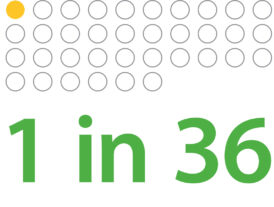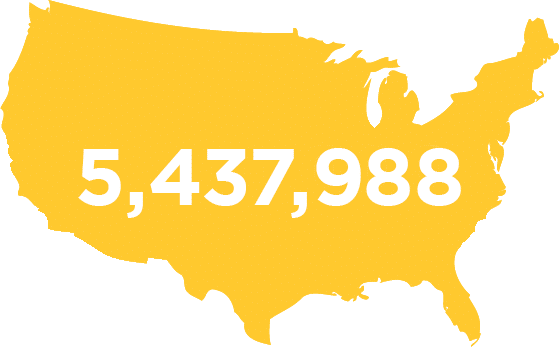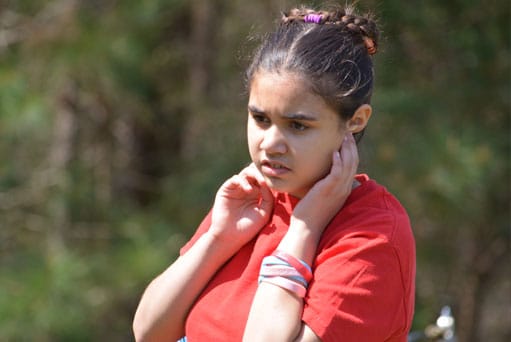Autism Spectrum Disorder (ASD) refers to a group of developmental disabilities that are typically associated with challenges of varying severity in the areas of social interaction, communication, and repetitive/restricted behaviors. Autism is a brain disorder that typically appears during the first three years of life. Learn more about statistics on autism in North Carolina and around the country below.

1 in 36 children may be diagnosed with autism nationally

5.4 million+ adults in the U.S. have ASD

40,000+ individuals and their families receive direct services annually in NC
As its name implies, ASD is a spectrum disorder that affects individuals differently and with varying degrees of autism severity; no two people with ASD are the same. ASD is typically diagnosed in children, but it is a lifelong disorder that affects individuals of all ages. ASD also is often found in combination with other disabilities.
What Causes ASD?
Although it was first identified in 1943, no one knows exactly what causes ASD, and research to discover its cause is ongoing. Recent research suggests that there is a strong genetic component. Some research suggests a physical problem that affects the parts of the brain that process language and information; other research points to an imbalance of brain chemicals. A variety of external and environmental triggers are also being studied. It is possible that ASD is caused by a combination of several factors. Research shows that vaccines do not cause autism; for more information, see the Centers for Disease Control and Prevention website.
The overall incidence of ASD is consistent around the globe, but it is about four times more prevalent in boys than girls. ASD knows no racial, ethnic, or social boundaries, and family income, lifestyle, and educational levels do not affect the chance of occurrence.
Autism Signs and Behaviors
People with ASD may have problems with social, behavioral, and communication skills. They might repeat behaviors and might not understand change in their daily activities. Many people with ASD also have different ways of learning, paying attention, or reacting to things. A person with ASD might:


